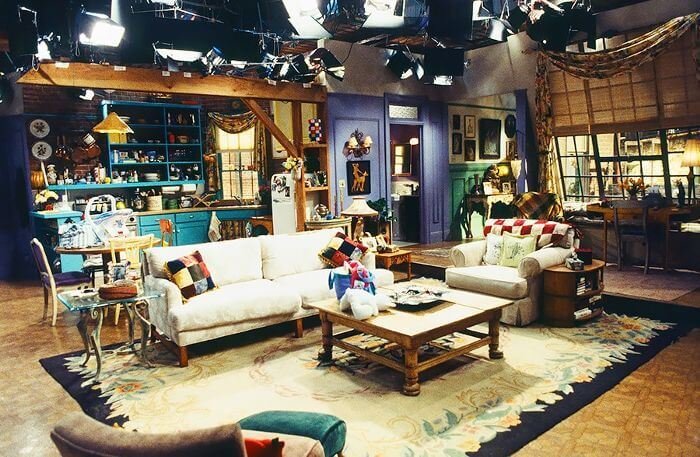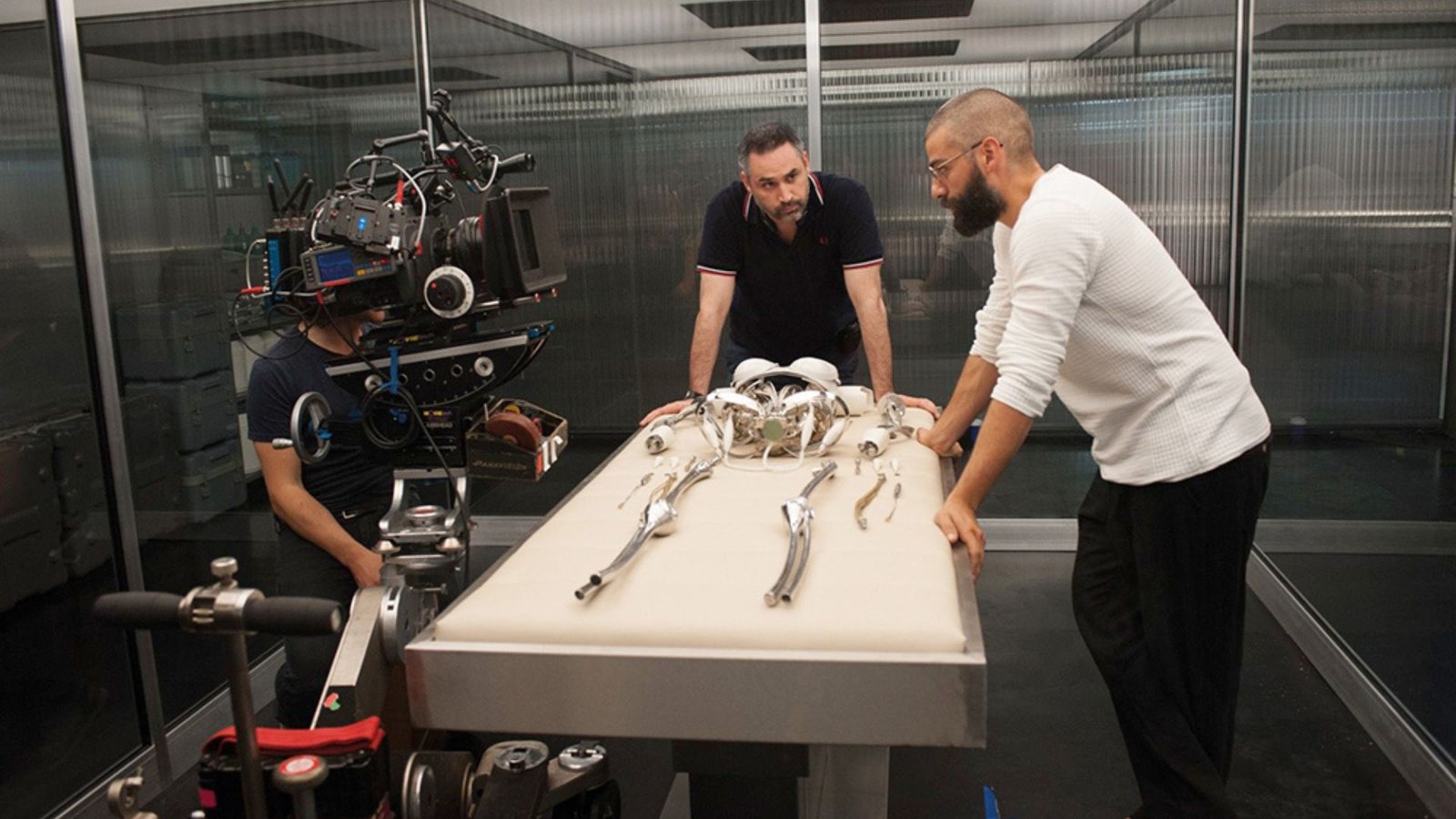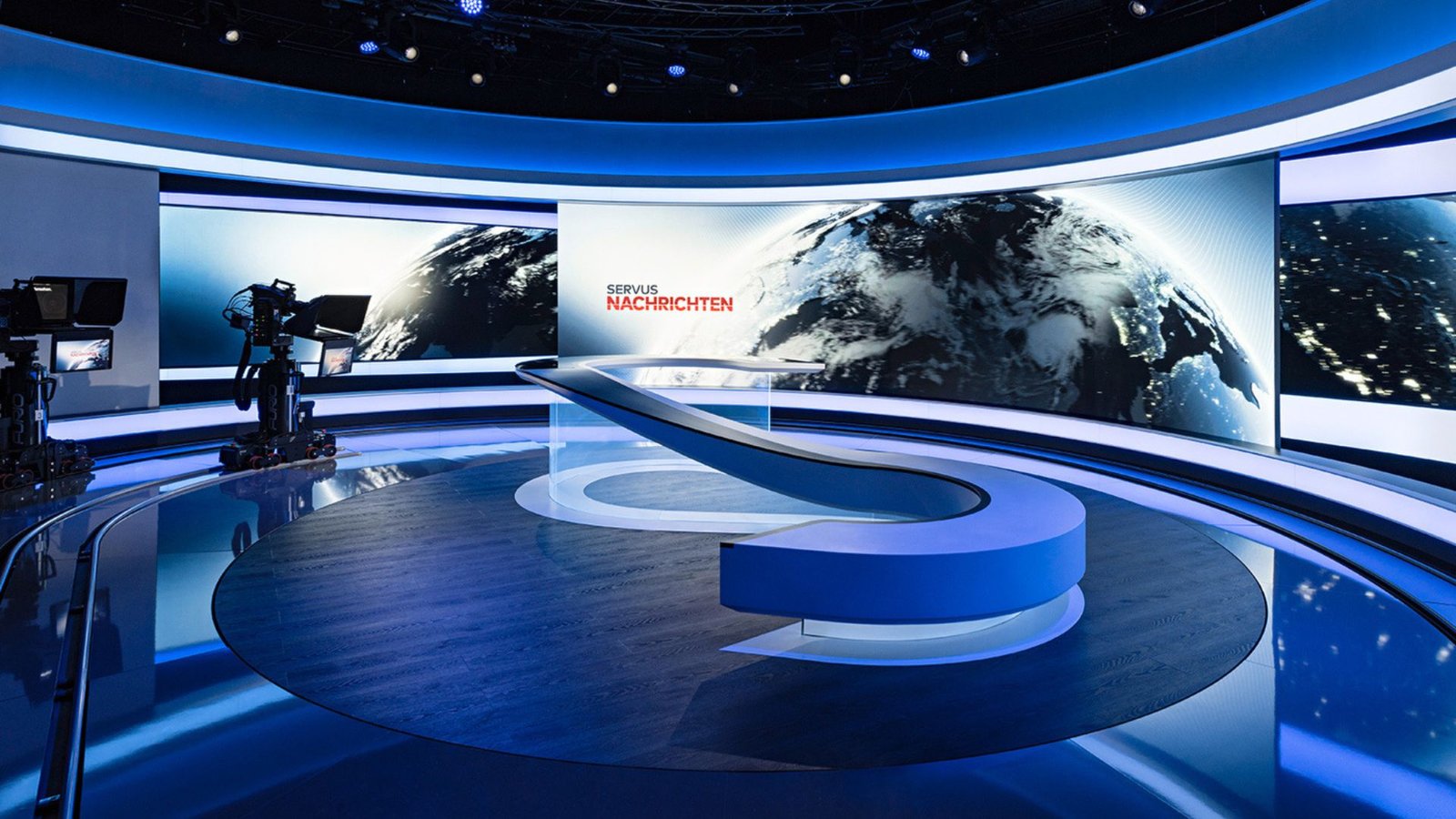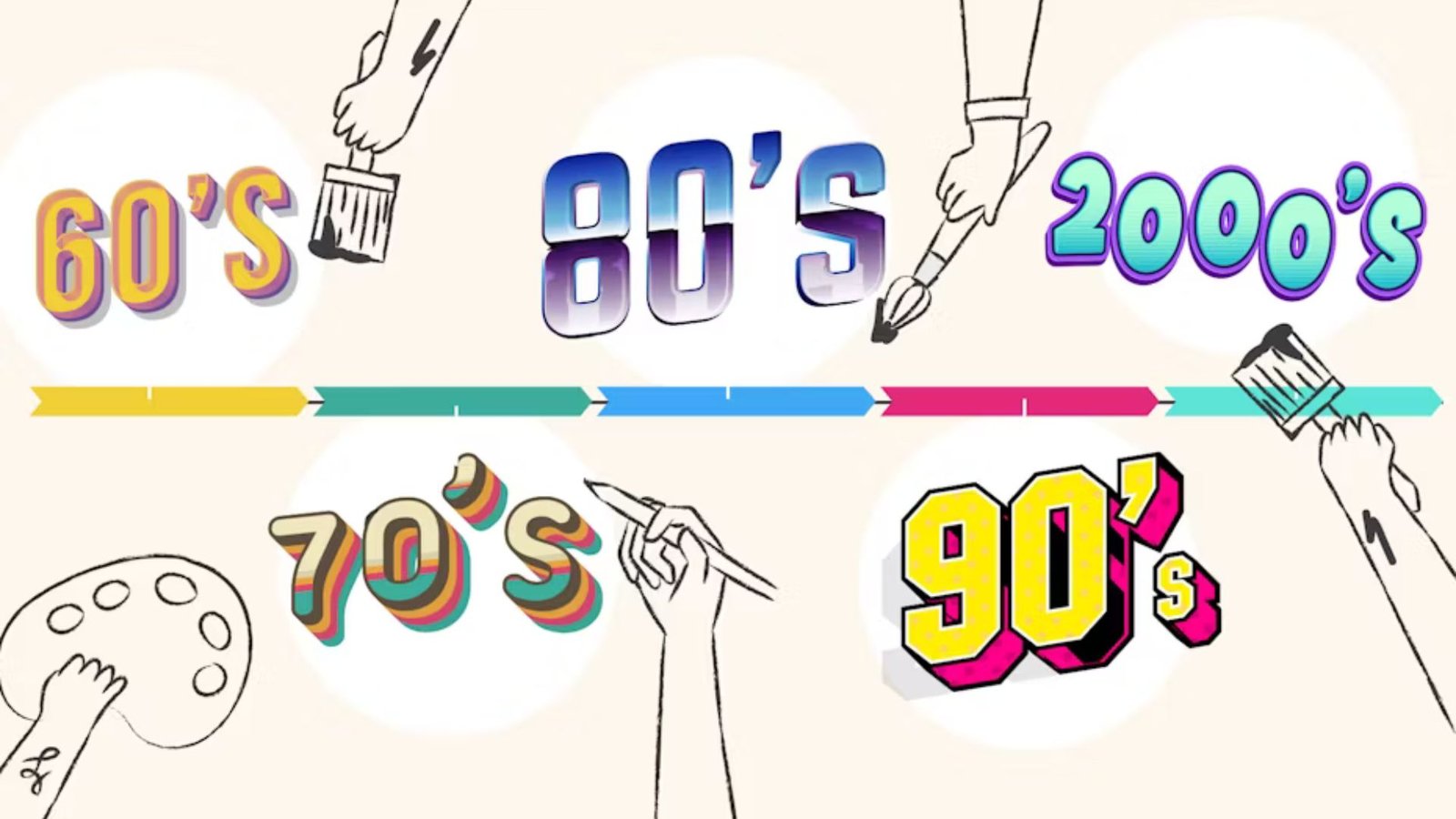Production design is continually evolving, reflecting changes in technology, aesthetics, and storytelling methods. Staying abreast of the top production design trends can help designers create visually compelling and innovative work. This article explores the current trends shaping the field and how they influence the creation of immersive environments in film, theater, and beyond.
Embracing Sustainable Design
One of the most prominent top production design trends is the shift towards sustainable design practices. With increasing awareness about environmental impact, designers are focusing on using eco-friendly materials and methods. This includes selecting sustainable fabrics, repurposing materials, and minimizing waste through efficient design processes. By integrating sustainable practices, production designers not only contribute to environmental preservation but also appeal to an audience that values eco-conscious choices.

Incorporating Virtual and Augmented Reality
Another significant trend in production design is the use of virtual reality (VR) and augmented reality (AR) technologies. These tools offer designers new ways to visualize and experiment with set designs before they are built. VR allows for immersive walkthroughs of digital sets, while AR can overlay digital elements onto physical spaces for real-time adjustments. Embracing VR and AR enhances the design process by providing more accurate and interactive ways to plan and execute production designs.
Fusion of Digital and Physical Elements
The fusion of digital and physical elements is increasingly evident in the top production design trends. Designers are blending physical sets with digital projections to create dynamic and adaptable environments. For example, LED screens and projection mapping are used to enhance or transform physical spaces, allowing for seamless transitions between different settings or times of day. This integration of digital technology enables more creative and flexible designs, pushing the boundaries of traditional production design.
Focus on Authenticity and Realism
A growing trend in production design is the emphasis on authenticity and realism. There is a heightened focus on creating accurate and believable environments that reflect the historical, cultural, or geographical context of a story. This trend involves meticulous research and attention to detail, ensuring that every element of the set contributes to an authentic portrayal. By prioritizing realism, production designers create more immersive experiences that resonate with audiences and enhance the overall storytelling.
Adaptive and Modular Design
Adaptive and modular design is another key trend shaping the field of production design. This approach involves creating flexible set components that can be easily rearranged or modified to suit different scenes or productions. Modular designs allow for quicker setup and breakdown, as well as the ability to repurpose elements for various uses. This trend is particularly beneficial for productions with limited budgets or time constraints, offering both efficiency and versatility.
Integration of Smart Technology
The integration of smart technology is becoming a prominent feature in top production design trends. Smart lighting, automated scenery, and advanced sound systems are increasingly being incorporated into production designs to enhance the overall experience. These technologies allow for precise control over environmental elements, such as adjusting lighting or sound effects in real-time based on the performance. Incorporating smart technology enables more dynamic and interactive designs that can adapt to the needs of the production.
Emphasis on Minimalism and Clean Lines
Minimalism and clean lines are also trending in production design. This design approach emphasizes simplicity, with an emphasis on uncluttered spaces and streamlined aesthetics. By focusing on minimalism, designers can create elegant and sophisticated environments that highlight the essential elements of a scene. This trend is particularly effective in modern and contemporary settings, where a clean and minimalist approach can enhance the overall visual impact.
Conclusion
In conclusion, staying updated with the top production design trends is essential for creating cutting-edge and engaging environments. Embracing sustainable design, integrating VR and AR, blending digital and physical elements, focusing on authenticity, adopting adaptive and modular designs, incorporating smart technology, and emphasizing minimalism are all influential trends shaping the field. By incorporating these trends into your work, you can enhance your production designs and deliver compelling visual experiences that captivate audiences.




